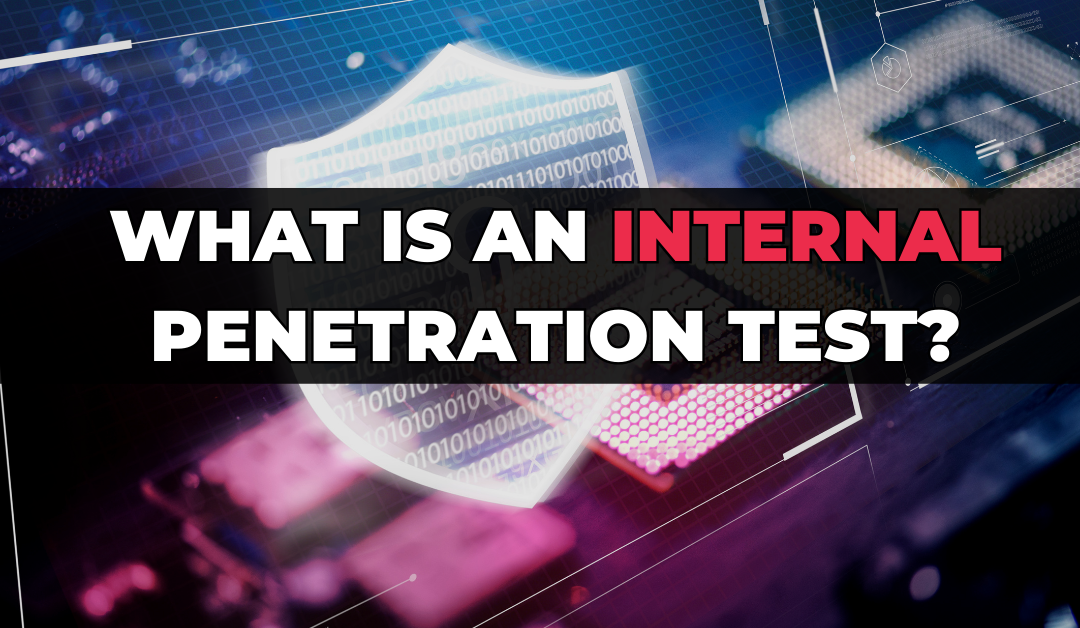Introduction
An internal penetration test is a simulated attack on a network or system conducted from within an organization’s internal network. The objective of an internal penetration test is to identify vulnerabilities and weaknesses in the network or system that could be exploited by malicious actors to gain unauthorized access, steal sensitive data, or disrupt operations. This type of test is typically conducted by an ethical hacker or a security consultant with specialized skills and expertise.
Why Conduct an Internal Penetration Test?
Conducting an internal penetration test can provide several benefits for an organization, including:
- Identifying vulnerabilities: The primary objective of an internal penetration test is to identify vulnerabilities in the network or system that could be exploited by an attacker. This information can be used to remediate vulnerabilities and improve the overall security posture of the organization.
- Testing security controls: An internal penetration test can help evaluate the effectiveness of security controls, such as firewalls, intrusion detection systems, and access controls. This information can be used to improve security controls and ensure that they are functioning as intended.
- Testing incident response: An internal penetration test can help evaluate an organization’s incident response procedures and identify areas for improvement. This can help ensure that the organization is prepared to respond to a real-world attack.
- Meeting compliance requirements: Some industries, such as healthcare and financial services, have regulatory requirements for conducting penetration testing. Conducting an internal penetration test can help meet these requirements and demonstrate compliance.
Do I Need an Internal Penetration Test?
The short answer is: “it depends”. It is generally recommended that organizations of all sizes and industries conduct regular penetration testing to identify vulnerabilities and weaknesses in their network and systems.
If your organization stores sensitive data or is subject to compliance requirements, such as HIPAA or PCI-DSS, then conducting internal penetration testing may be necessary to meet those requirements. Additionally, if your organization has undergone significant changes in the IT environment, such as the introduction of new technologies or software, it may be beneficial to conduct an internal penetration test to ensure that the security posture has not been compromised.
How Does an Internal Penetration Test Work?
An internal penetration test typically involves several phases, including network access, reconnaissance, scanning, enumeration, exploitation, and post-exploitation. Here is an overview of each phase:
- Network Access: Before testing can begin, network access must be established between an organization and the testing team. Typically, a laptop is sent on site and plugged in by the organization, which permits the testing team with access to the internal network.
- Reconnaissance: The objective of this phase is to gather information about the target network or system. This can include identifying hosts, services, and applications running on the network.
- Scanning: In this phase, vulnerability scanners and other tools are used to identify vulnerabilities in the target network or system. This can include identifying open ports, misconfigured services, and other weaknesses.
- Enumeration: In this phase, the attacker attempts to gather additional information about the target network or system. This can include identifying user accounts, passwords, and other sensitive information.
- Exploitation: In this phase, the attacker attempts to exploit vulnerabilities in the target network or system to gain unauthorized access or perform other malicious actions.
- Post-Exploitation: In this phase, the attacker attempts to maintain access to the target network or system and escalate privileges to gain additional access.
Remediation and Reporting
Once the internal penetration test is complete, the results are documented in a report that outlines the vulnerabilities and weaknesses identified during the test. The report should also include recommendations for remediation, such as patches, configuration changes, or other security controls. The organization can use this information to improve its security posture and reduce the risk of a real-world attack.
You can view a sample of our internal pentest reporting here.
Conclusion
An internal penetration test is a valuable tool for identifying vulnerabilities and weaknesses in an organization’s internal network or system. By conducting a simulated attack from within the network, organizations can identify and remediate vulnerabilities before they can be exploited by malicious actors. If you are interested in conducting an internal penetration test for your organization, it is recommended to work with an experienced and reputable security consultant to ensure that the test is conducted safely and effectively.
Need an Internal Pentest?
Our team of qualified hackers are ready to take on your next project. To set up a meeting and learn more, please fill out the form below.
About TCM Security
TCM Security is a veteran-owned, cybersecurity services and education company founded in Charlotte, NC. Our services division has the mission of protecting people, sensitive data, and systems. With decades of combined experience, thousands of hours of practice, and core values from our time in service, we use our skill set to secure your environment. The TCM Security Academy is an educational platform dedicated to providing affordable, top-notch cybersecurity training to our individual students and corporate clients including both self-paced and instructor-led online courses as well as custom training solutions. We also provide several vendor-agnostic, practical hands-on certification exams to ensure proven job-ready skills to prospective employers.
Pentest Services: https://tcmdev.tcmsecurity.com/our-services/
Follow Us: Blog | LinkedIn | YouTube | Twitter | Facebook | Instagram
Contact Us: sales@tcm-sec.com
See How We Can Secure Your Assets
Let’s talk about how TCM Security can solve your cybersecurity needs. Give us a call, send us an e-mail, or fill out the contact form below to get started.

